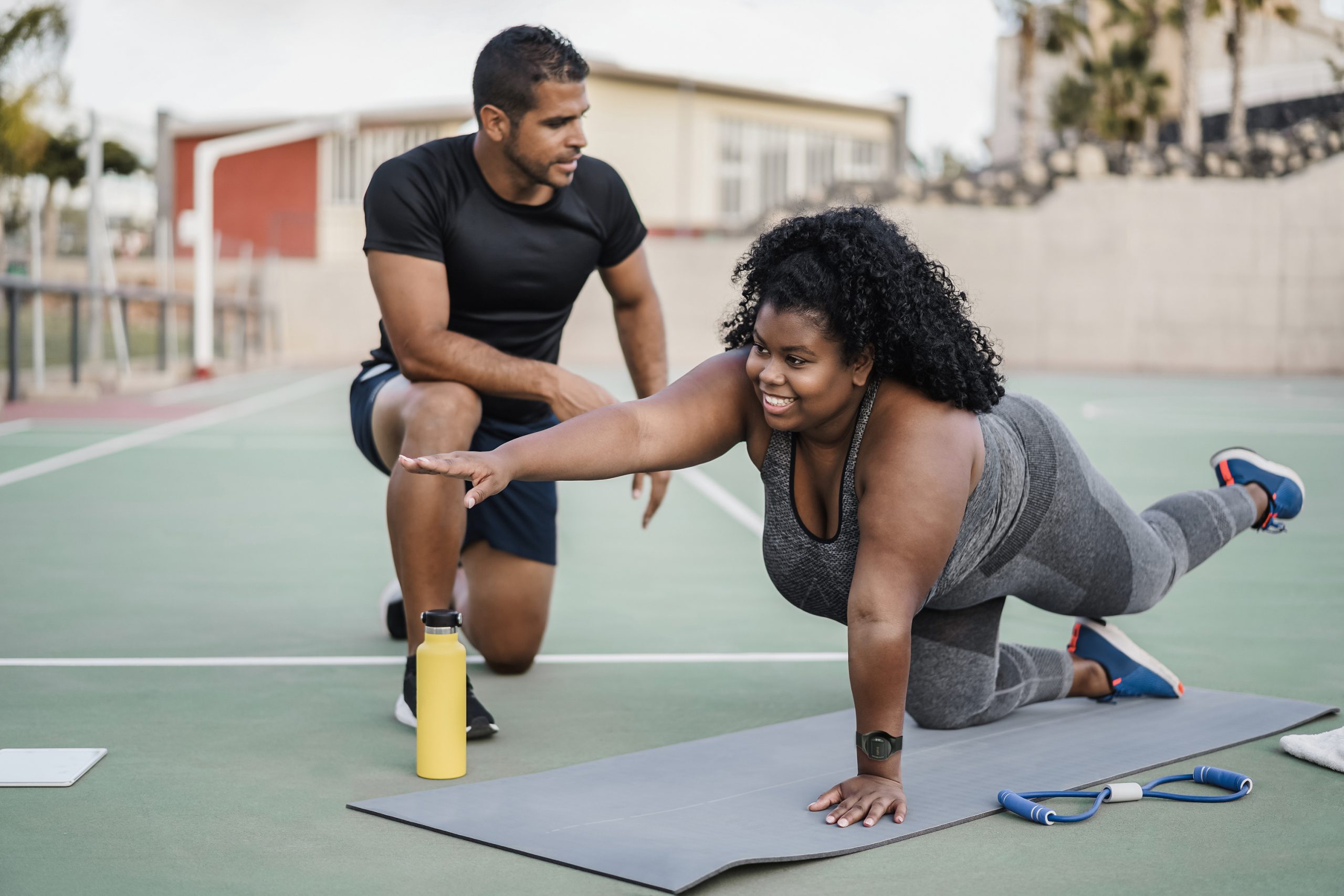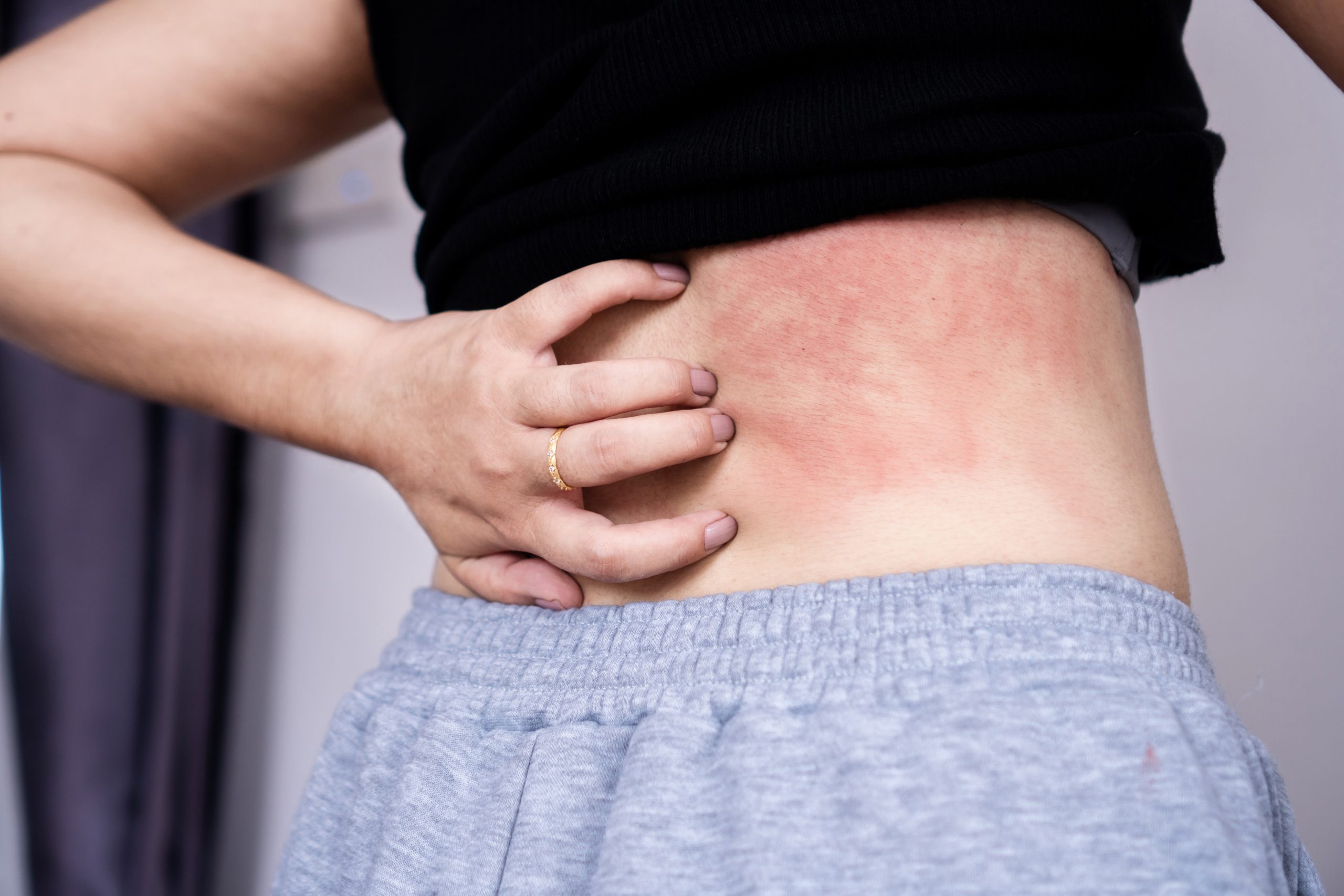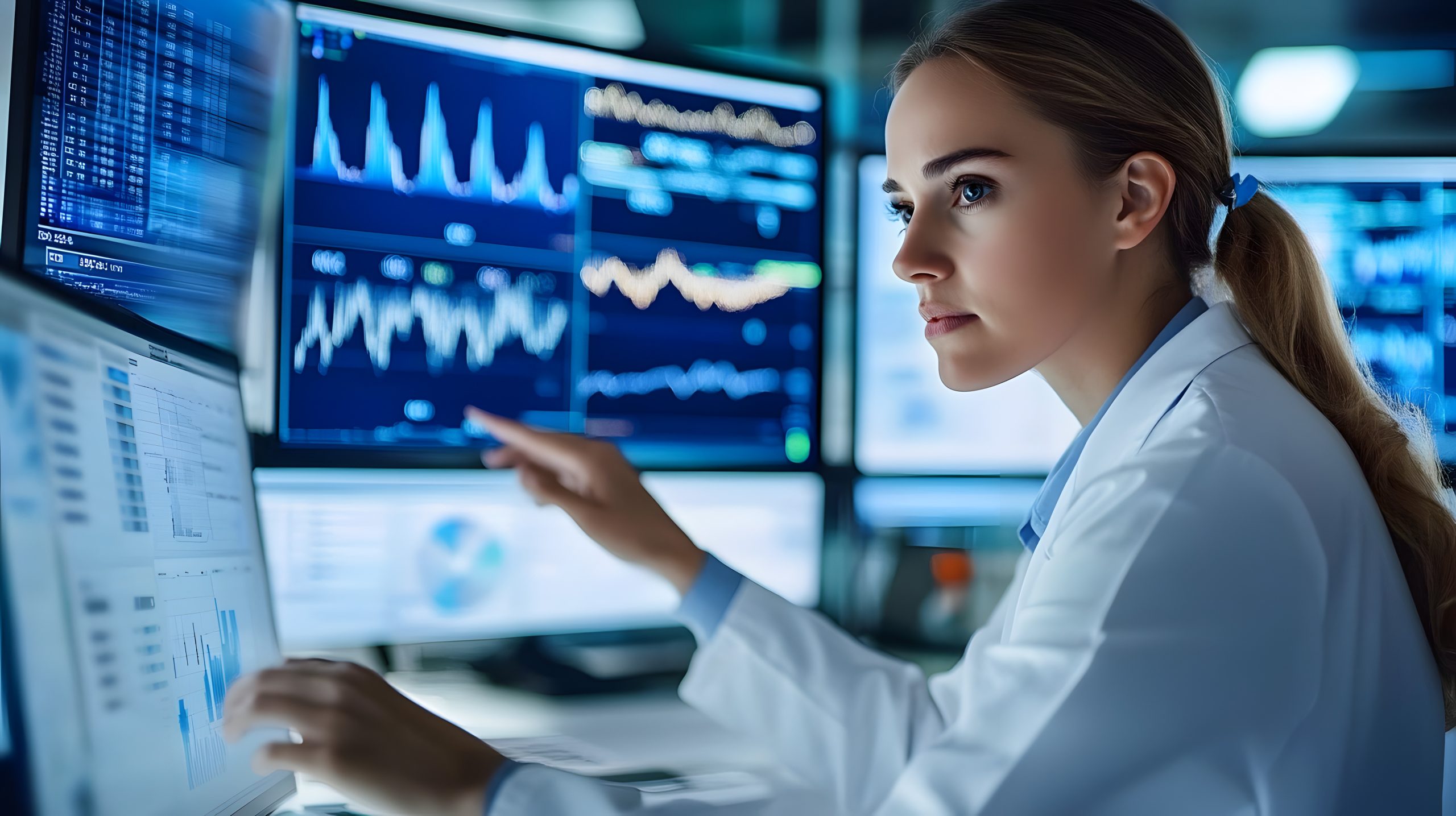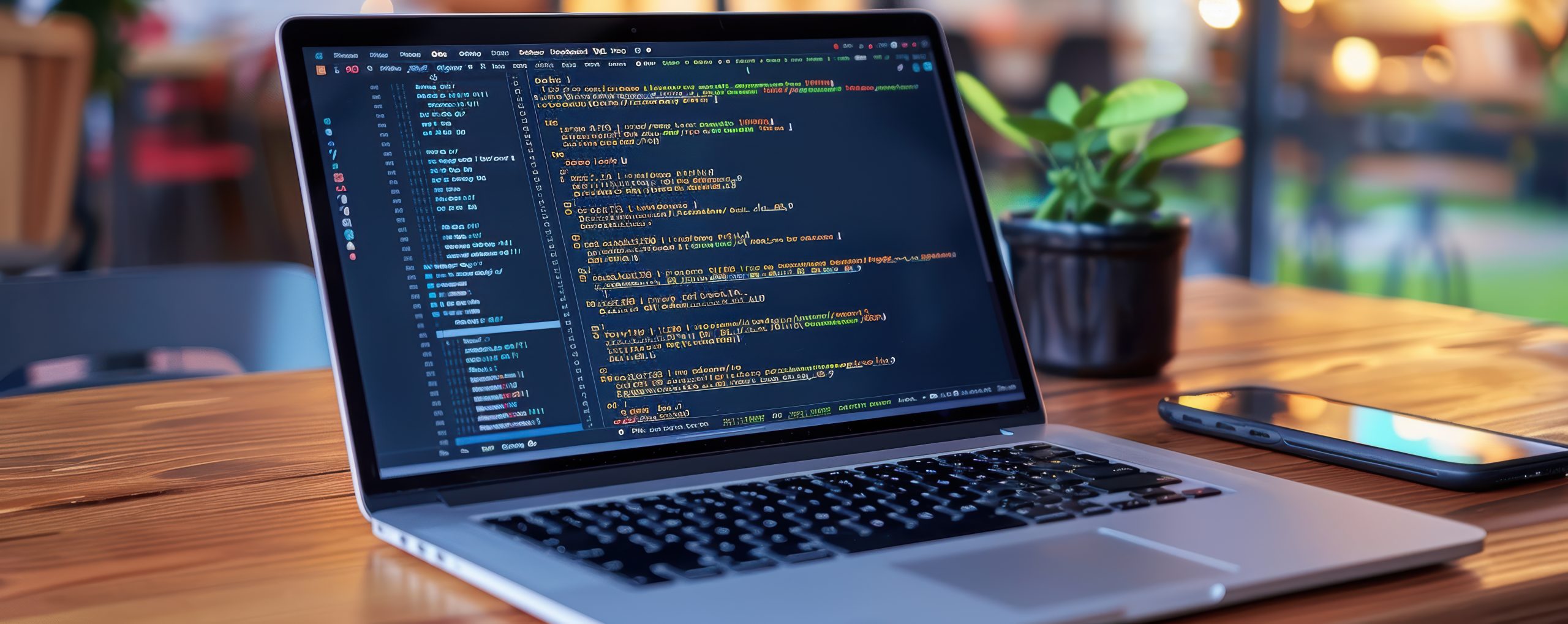Digital Health
Measures
Our professional wearables record data about a person’s movements and environment. Algorithms are then used to infer information about the type, duration and characteristics of physical behaviours that make up daily living.
Detailed and accurate measurements of behavioural events are valuable in themselves, but they can also be combined with other data collection methods to uncover both daily patterns and the longer-term trajectories of lifestyle.
There are a wide range of digital health measures that can be obtained from these behavioural events and the subsequent analysis pipeline. Some raw data measurements, such as ground impact, relate directly to known health outcomes, i.e. bone health. Many others rely on the inferences about behaviour that can be drawn from the raw data (e.g. walking) and some are derived from further inference (e.g. mid-sleep time).

Biomarkers & Endpoints
The measures from our wearables have significant relevance in both general health and the clinical setting. When they measure how the participant functions or indicate how they feel, they can be used for clinical outcome assessment. When used to measure biological processes, pathogenic processes, or responses to a dose, exposure or intervention they are used as biomarkers.
Finally, any of these measures can be an objective outcome to determine whether an intervention is beneficial in a trial – an endpoint. Activinsights’ digital clinical measures are often effective surrogate endpoints if they can predict clinical benefit or harm.
Biomarkers & Endpoints
The measures from our wearables have significant relevance in both general health and the clinical setting. When they measure how the participant functions or indicate how they feel, they can be used for clinical outcome assessment. When used to measure biological processes, pathogenic processes, or responses to a dose, exposure or intervention they are used as biomarkers.
Finally, any of these measures can be an objective outcome to determine whether an intervention is beneficial in a trial – an endpoint. Activinsights’ digital clinical measures are often effective surrogate endpoints if they can predict clinical benefit or harm.
Physical Behaviours & Activity Monitoring
An individual’s physical behaviour describes their activities throughout day and night including sleep behaviour, daily activities, posture, sedentary time, and physical activity. It includes their patterns of behaviour and circadian rhythm while also encompassing physical activity that requires energy expenditure.
The use of accelerometers in physical behaviour measurement has become the foundation for continuous and objective data collection in daily life, instead of (or in addition to) subjective self-reporting.
Our algorithms provide detailed information about the type, duration, and characteristics of physical behaviours and daily activity. These can include complex activity recognition in specific applications or more general intensity-based categorisation.

Physical Behaviours & Activity Monitoring
An individual’s physical behaviour describes their activities throughout day and night including sleep behaviour, daily activities, posture, sedentary time, and physical activity. It includes their patterns of behaviour and circadian rhythm while also encompassing physical activity that requires energy expenditure.
The use of accelerometers in physical behaviour measurement has become the foundation for continuous and objective data collection in daily life, instead of (or in addition to) subjective self-reporting.
Our algorithms provide detailed information about the type, duration, and characteristics of physical behaviours and daily activity. These can include complex activity recognition in specific applications or more general intensity-based categorisation.


Movement
Historically, the assessment of movement disorders relied on clinical rating scales or patient self-report. These methods are subjective and limited to specific times of observation, whereas accelerometry produces high-resolution movement data with output measures that can be analysed.
By measuring movement directly through the acceleration created by body movement, the data can identify and quantify changes in gait, reductions in movement and also tremor.
When wearing continuously, we can begin to understand movement patterns that are important for research and diagnosis, particularly if they are repetitive movements such as scratching or stimming behaviours. Reductions in movement can also be detected to inform the assessment of disease progression and strength deterioration in frailty, for example.






